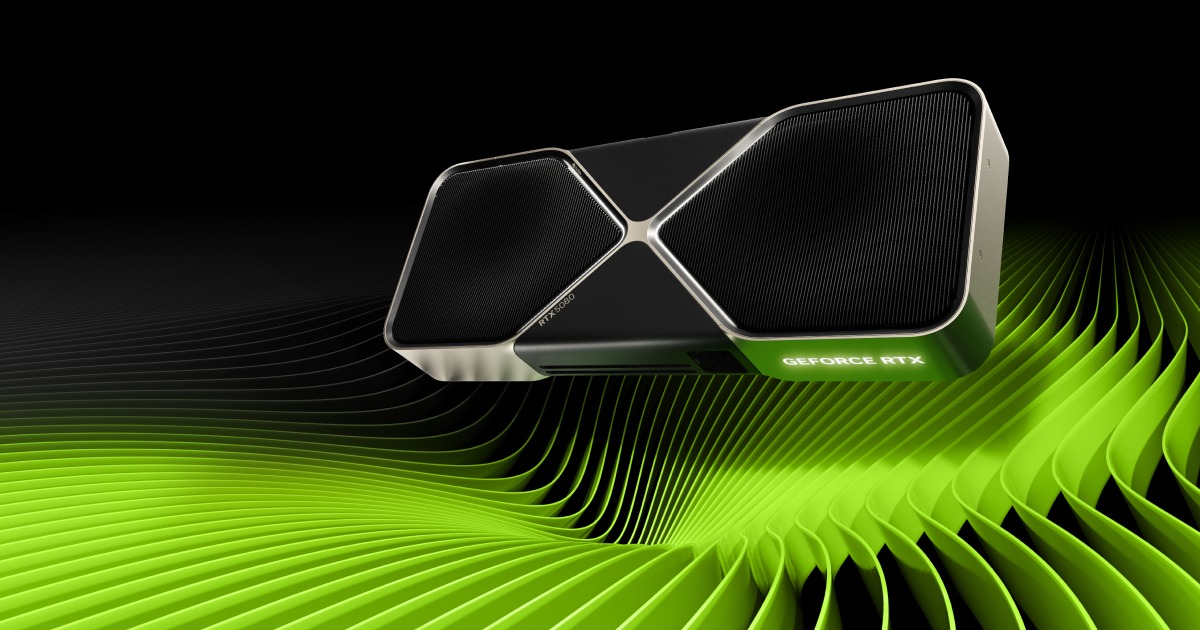NVIDIA GeForce RTX 5080 Long-Term Review: Months Later, Does It Hold Up?
Months after launch, the RTX 5080 remains a powerhouse for 4K gaming and ray tracing, but its high price and modest leap over the 4090 keep it from being a universal recommendation.

When the NVIDIA GeForce RTX 5080 first launched, it came with a lot of hype — and a fair share of criticism. Now that it has been out for a while and gamers have had time to put it through its paces, the verdict is clearer: this is a powerful GPU, but not without its flaws.
Day-One Impressions vs. Today
At launch, the 5080 was praised for its raw horsepower and efficiency gains over the 4080. DLSS 4.0 felt revolutionary, offering smoother frame rates in heavy-hitting titles like Cyberpunk 2077, Alan Wake II, and Starfield. But as the months rolled on, the initial excitement gave way to some mixed feelings, especially when factoring in price and real-world performance improvements.
Gaming Performance Over Time
In daily use, the 5080 has proven itself as a reliable 4K gaming card. High-refresh 1440p gaming is also effortless, and ray tracing finally feels playable in most modern AAA titles. Even months later, it remains one of the strongest GPUs you can buy for pure visual fidelity.
That said, the gap between the 5080 and the 4090 is still underwhelming. Unless you’re pushing extreme workloads or absolutely need every frame possible, the performance leap doesn’t always justify the premium. Some gamers who upgraded from a 4080 or 4090 admit that they barely feel the difference outside of benchmarks.
Efficiency and Thermals
One area where the 5080 continues to impress is efficiency. It runs cooler and quieter than many expected, even under long gaming sessions. The redesigned cooling system has held up well, and the card doesn’t guzzle power the way some feared. For those who care about heat and noise in their builds, this is a major plus.
The Value Debate
Months later, price is still the sticking point. While the 5080 is slightly more affordable than the flagship 5090, it remains a tough sell compared to a discounted 4090 or even some high-end 40-series cards. The secondhand market has also softened the appeal — a used 4090 or cheaper 4080 often makes more sense for the average gamer.
Software & Driver Support
Driver support has been steady, and DLSS updates have only made the card better over time. NVIDIA’s ecosystem advantage remains strong, especially for creators using CUDA or AI workloads. But driver hiccups haven’t disappeared entirely — some users report occasional stability issues in niche titles, though nothing deal-breaking.
Final Thoughts: Worth It Today?
After living with the RTX 5080 for months, it’s clear this GPU is a beast in performance and efficiency. It handles modern games flawlessly and is well-positioned for future releases that push ray tracing even harder. But the criticisms from launch still stand: its pricing and modest leap over the 4090 make it hard to recommend universally.
If you’re on a 30-series card, the 5080 is a fantastic upgrade that will last for years. But if you already own a 4080 or 4090, the long-term takeaway is this: you’re not missing much.
Pros :
- Still one of the best GPUs for 4K and ray tracing
- DLSS 4.0 has only improved with updates
- Runs cool and quiet under load
Cons :
- Price remains hard to justify
- Gains over 4090 are modest at best
- Large size limits compatibility with some builds
Leave a comment
Your email address will not be published. Required fields are marked *


